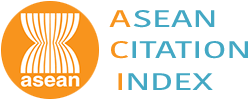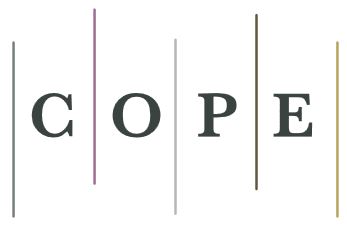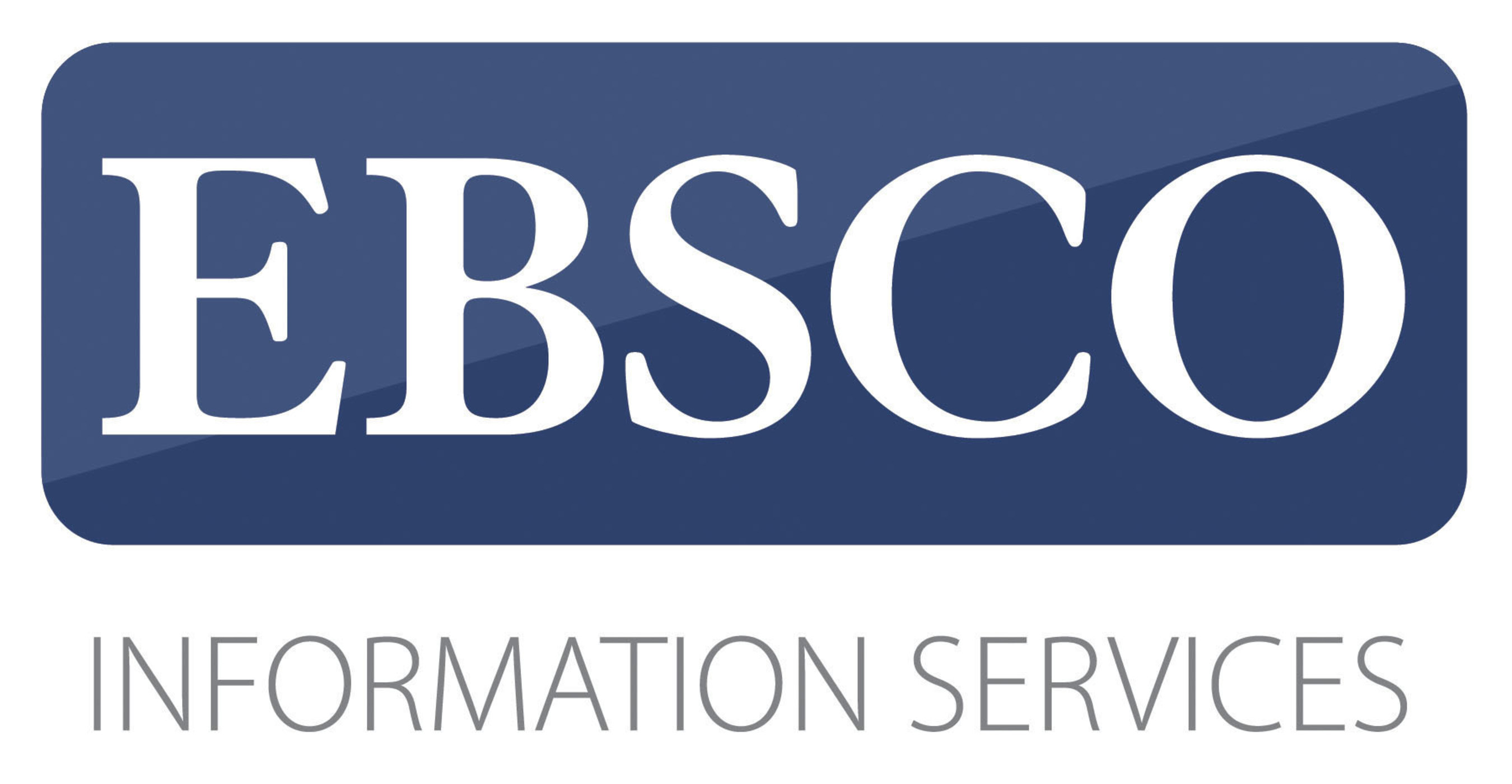Abstract
Maritime routes in Kepulauan Riau Province, Indonesia, serve as pivotal entry points for narcotics trafficking and smuggling within the Southeast Asian region. This study delves into the establishment and evolution of these illicit networks by examining three key variables: demographic and socio-economic characteristics, operating structures and classifications, methods, means, and funding sources. Leveraging an analysis of 355 court rulings records, the authors constructed a comprehensive dataset encompassing these variables. The findings underscore the intricate nature of narcotics trafficking networks, spanning from production to distribution, with involvement at various levels across diverse demographics. Notably, the exorbitant earnings potential, with couriers fetching up to 700 million rupiahs, underscores the financial allure of the narcotics trade. Moreover, the research elucidates the pivotal role of public transportation modes, including ships, planes, and speed boats, in facilitating these illicit activities. Furthermore, the intricate web of relationships among defendants, ranging from familial to social ties, underscores the complex nature of these networks. The authors argue that effective law enforcement and prevention strategies necessitate a nuanced understanding of these social dynamics to combat narcotics operations effectively. The implication is that law enforcement and prevention must focus on specific individuals or groups and recognize patterns of social relationships utilized in narcotics operations.
Bahasa Abstract
Jalur laut di Provinsi Kepulauan Riau, Indonesia, menjadi pintu masuk penting bagi perdagangan dan penyelundupan narkotika di kawasan Asia Tenggara. Studi ini menyelidiki pembentukan dan perkembangan jaringan kejahatan tersebut dengan menganalisis tiga variabel utama: karakteristik demografi dan sosial-ekonomi, struktur operasi dan klasifikasi, serta metode, sarana, dan sumber pendanaan. Dengan melakukan analisis dokumen terhadap 355 catatan putusan pengadilan, penulis menyusun kumpulan data komprehensif yang mencakup tiga variabel utama tersebut. Temuan kami menggarisbawahi rumitnya jaringan perdagangan narkotika, mulai dari produksi hingga distribusi, dengan keterlibatan di berbagai tingkat di berbagai demografi. Potensi pendapatan yang luar biasa besarnya, dengan biaya kurir mencapai 700 juta rupiah, semakin menegaskan daya tarik finansial dari perdagangan narkotika. Selain itu, penelitian kami menjelaskan peran penting moda transportasi umum, termasuk kapal, pesawat, dan speed boat, dalam memfasilitasi aktivitas terlarang ini. Lebih lanjut, hubungan di antara para terdakwa/pelaku, mulai dari ikatan kekeluargaan hingga sosial kekerabatan, menunjukkan kompleksitas dari jaringan ini. Penulis berpendapat bahwa penegakan hukum dan strategi pencegahan yang efektif memerlukan pemahaman kuat mengenai dinamika sosial terkait untuk memerangi operasi narkotika secara efektif. Implikasinya, penegakan hukum dan pencegahan tidak hanya terfokus pada individu atau kelompok tertentu saja, tetapi juga harus memperhatikan pola hubungan sosial yang digunakan dalam operasi narkotika.
References
ASEAN Secretariat. (2016). ASEAN Political-Security Community Blueprint 2025. Jakarta: ASEAN Secretariat.
Beyrer, C., Razak, M. H., Lisam, K., Chen, J., Lui, W., & Yu, X.-F. (2000). Overland heroin trafficking routes and HIV-1 spread in south and south-east Asia. AIDS, 14(1), 75–83. https://doi.org/10.1097/00002030-200001070-00009
Bryman, A. (2012). Social Research Methods (4th ed.). https://doi.org/10.1017/CBO9781107415324.004
Buzan, B., Waever, O., & Wilde, J. de. (1998). Security: A New Framework for Analysis. London: Lynne Rienner.
Caballero-Anthony, M., & Cook, A. (2013). Non-traditional security in Asia: Issues, challenges and framework for action. Retrieved from https://bookshop.iseas.edu.sg/publication/2478
Chalk, P. (2000). Southeast Asiaand the GoldenTriangle’s HeroinTrade: Threat and Response. Studies in Conflict & Terrorism, 23(2), 89–106. https://doi.org/10.1080/105761000265548
Chouvy, P.-A. (2013). Drug Traffickingin and out of the GoldenTriangle. In An Atlasof Traffickingin SoutheastAsia. https://doi.org/10.5040/9780755619153.ch-002
Clarke, R. (2008). Narcotics Traffickingin China: Size, Scale, Dynamicand FutureConsequences. Pacific Affairs, 81(1), 73–93. https://doi.org/10.5509/200881173
Crick, E. (2012). Drugs as an existential threat: An analysis of the international securitization of drugs. International Journal of Drug Policy, 23(5), 407–414. https://doi.org/10.1016/j.drugpo.2012.03.004
Desroches, F. (2007). Research on UpperLevelDrugTrafficking: A Review. Journal of Drug Issues, 37(4), 827–844. https://doi.org/10.1177/002204260703700405
Dupont, A. (1999). Transnational Crime, Drugs, and Securityin EastAsia. Asian Survey, 39(3), 433–455. https://doi.org/10.2307/3021207
Emmers, R. (2003). ASEAN and the securitization of transnational crime in SoutheastAsia. The Pacific Review, 16(3), 419–438. https://doi.org/10.1080/0951274032000085653
Emmers, R. (2017). Non-traditional security in Asia: dilemmas in securitization. Routledge.
Finckenauer, J. O., & Chin, K. (2006). Asian transnational organized crime and its impact on the UnitedStates: Developing a transnational crime research agenda. Trends in Organized Crime, 10(2), 18–107. https://doi.org/10.1007/s12117-006-1034-3
Fransika, A. (2022). Indonesia’s zero tolerance drug laws leave hundreds on death row - Academia - The Jakarta Post. Retrieved February 16, 2023, from The Jakarta Post website: https://www.thejakartapost.com/opinion/2022/08/31/indonesias-zero-tolerance-drug-laws-leave-hundreds-on-death-row.html
Galeotti, M. (2015). Securitizing Narcotics: The Politicsand Prospectsof RussianCounterdrugPolicies. Journal of Drug Policy Analysis, 10(1). https://doi.org/10.1515/jdpa-2015-0010
Jackson, N. J. (2006). International Organizations, SecurityDichotomiesand the Traffickingof Personsand Narcoticsin Post-SovietCentralAsia: A Critiqueof the SecuritizationFramework. Security Dialogue, 37(3), 299–317. https://doi.org/10.1177/0967010606069062
Kulsudjarit, K. (2004). Drug Problem in Southeast and Southwest Asia. Annals of the New York Academy of Sciences, 1025(1), 446–457. https://doi.org/10.1196/annals.1316.055
Laverle Berry, G. Curtis, R. Hudson, & Nina A. Kollars. (2002). A GlobalOverviewof Narcotics-FundedTerroristand OtherExtremistGroups.
Le, V., & Lauchs, M. (2012). Models of South-EastAsianOrganisedCrimeDrugOperationsin Queensland. Asian Journal of Criminology, 8(2), 69–87. https://doi.org/10.1007/s11417-011-9124-9
Luis Astorga, & D. Shirk. (2010). Drug TraffickingOrganizationsand Counter-DrugStrategiesin the U.S.-MexicanContext.
Luong, H. T. (2015). Transnational DrugsTraffickingfrom WestAfricato SoutheastAsia: A CaseStudyof Vietnam. Journal of Law and Criminal Justice, 3(2). https://doi.org/10.15640/jlcj.v3n2a4
Luong, H. T. (2020a). The organisational structure of transnational narcotics trafficking groups in SoutheastAsia: a case study of Vietnam\textquoterights border with Laos. Trends in Organized Crime, 23(4), 385–411. https://doi.org/10.1007/s12117-020-09384-w
Luong, H. T. (2020b). Transnational Crimeand its Trendsin South-EastAsia: A DetailedNarrativein Vietnam. International Journal for Crime, Justice and Social Democracy, 9(2), 88–101. https://doi.org/10.5204/ijcjsd.v9i2.1147
Martel, S. (2013). The Recruitmentof Female``Mules’’ by TransnationalCriminalOrganizations: Securitization of DrugTraffickingin the Philippinesand Beyond. Social Transformations: Journal of the Global South, 1(2), 13–41. https://doi.org/10.13185/st2013.01202
Morselli, C., & Petit, K. (2007). Law-EnforcementDisruptionof a DrugImportationNetwork. Global Crime, 8(2), 109–130. https://doi.org/10.1080/17440570701362208
Muhammad Anugrah Utama. (2021). Securitization in the Philippines\textquoterightDrugWar. Indonesian Journal of International Relations, 5(1), 41–61. https://doi.org/10.32787/ijir.v5i1.146
N. Dorn, Karim Murji, & N. South. (1991). Traffickers: Drug Marketsand LawEnforcement.
Neuman, W. L. (2014). Social Research Methods: Qualitative and Quantitative Approaches. In W. L. Neuman (Ed.), Relevance of social research (Vol. 8). https://doi.org/10.2307/3211488
Peter McGuire. (2010). Narcotics Traffickingin WestAfrica: A GovernanceChallenge.
Prayuda, R., Warsito, T., & Surwandono, S. (2019). Narcotics SmugglingRoutesin the SoutheastAsiaRegion(CaseStudyin the RiauProvince, Indonesia). Security Dimensions, 30(30), 116–133. https://doi.org/10.5604/01.3001.0013.7799
Prayuda, R., Warsito, T., & Surwandono, S. (2020). Problems faced by ASEANin dealing with transnational drug smuggling in SoutheastAsiaregion. Foresight, 23(3), 353–366. https://doi.org/10.1108/fs-12-2019-0106
Pusat Penelitian Data dan Informasi Badan Narkotika Nasional. (2022). Indonesia Drugs Report 2022. In Pusat Penelitian Data dan Informasi Badan Narkotika Nasional Republik Indonesia (Vol. 1). Jakarta.
Ralf Emmers. (2002). The securitization of transnational crime in ASEAN.
Ralf Emmers. (2003). The threat from TransnationalCrimein SoutheastAsia: Drug Trafficking, HumanSmugglingand Traffickingand sea piracy.
Tartaglia, S., Rollero, C., & Bergagna, E. (2019). The two sides of Islamophobia and the perception of threat from Islamic terrorists. Journal of Community Psychology, 47(7), 1772–1786. https://doi.org/10.1002/jcop.22228
Thanh-Luong, H. (2022). Transnational drug trafficking in SoutheastAsia: identifying national limitations to look for regional changes. Revista Criminalidad, 64(1), 177–192. https://doi.org/10.47741/17943108.338
V. Le. (2013). Understanding the operational structure of SoutheastAsiandrug trafficking groups in Australia.
Windle, J. (2016). Security trumps drug control: How securitization explains drug policy paradoxes in Thailandand Vietnam. Drugs: Education, Prevention and Policy, 23(4), 344–354. https://doi.org/10.3109/09687637.2016.1140720
Zhang, S. X., & Chin, K. (2008). Snakeheads, mules, and protective umbrellas: a review of current research on Chineseorganized crime. Crime, Law and Social Change, 50(3), 177–195. https://doi.org/10.1007/s10611-008-9136-2
Recommended Citation
Riyadi, Sayed Fauzan; Setiawan, Azhari; Putra, Ardi; and Rivai, Aspin Nur Arifin
(2024)
"UNVEILING TRANSNATIONAL ORGANISED CRIMES NETWORKS: MARITIME NARCOTICS TRAFFICKING AND SMUGGLING IN KEPULAUAN RIAU,"
Global: Jurnal Politik Internasional: Vol. 26:
No.
2, Pp. 25-51.
DOI: 10.7454/global.v26i2.1337
Available at:
https://scholarhub.ui.ac.id/global/vol26/iss2/2

















